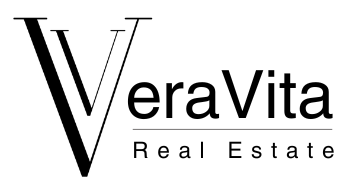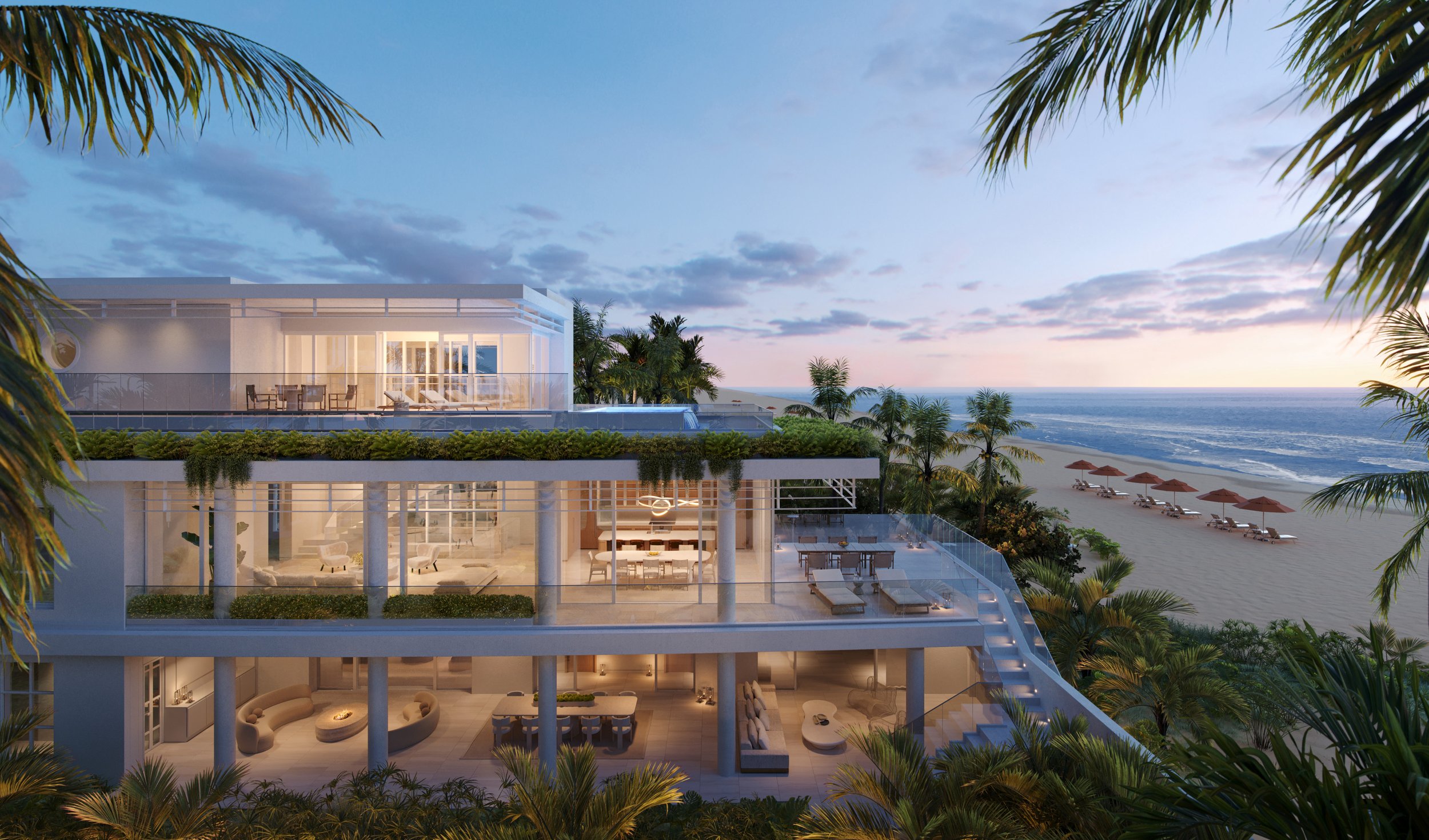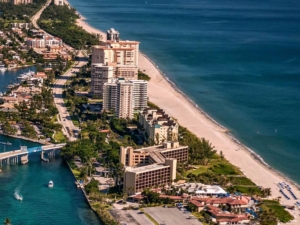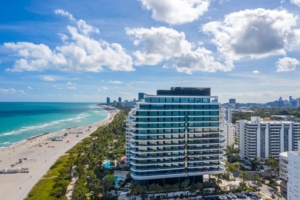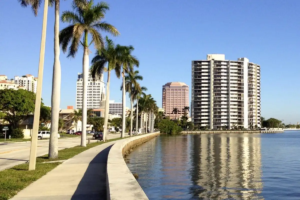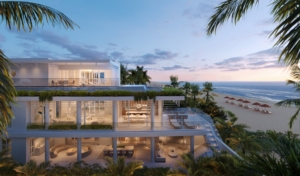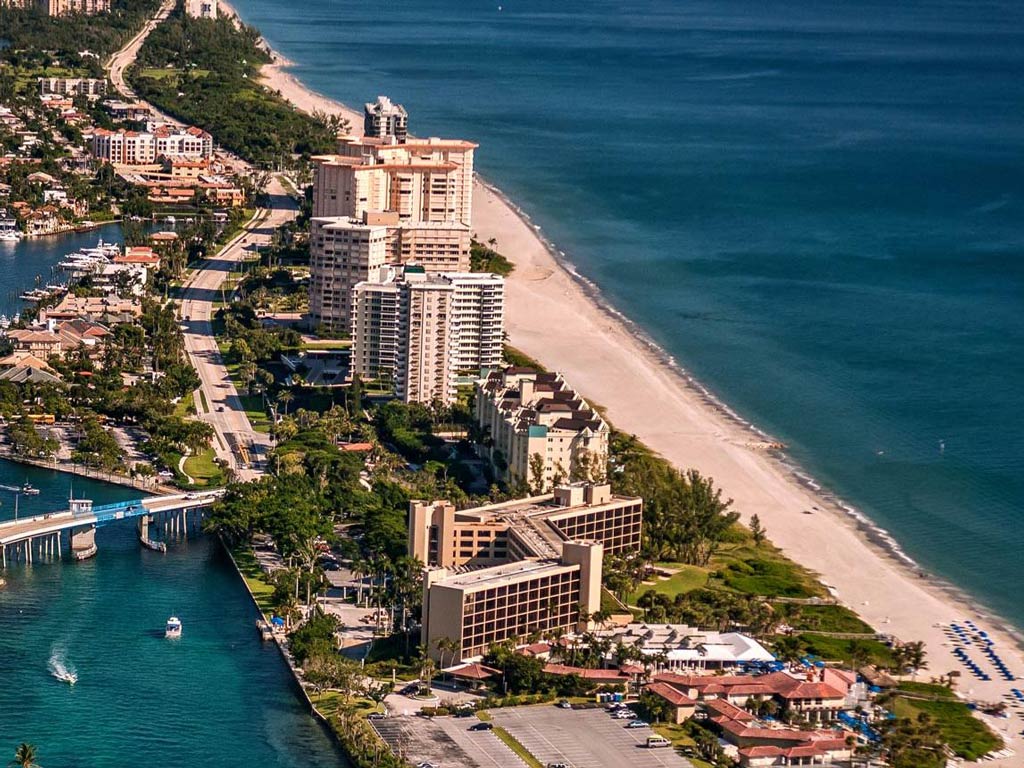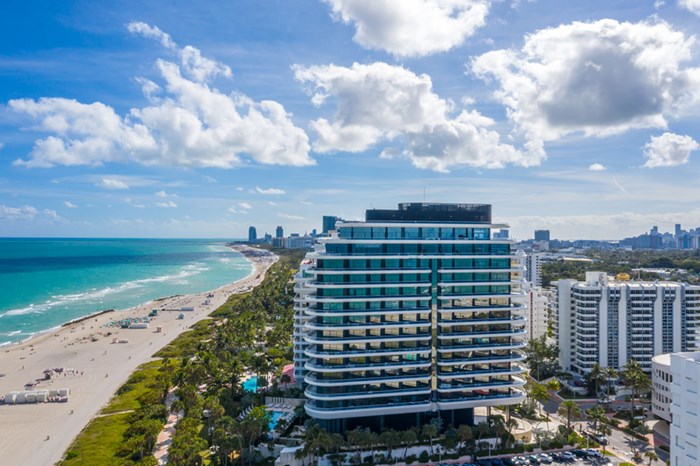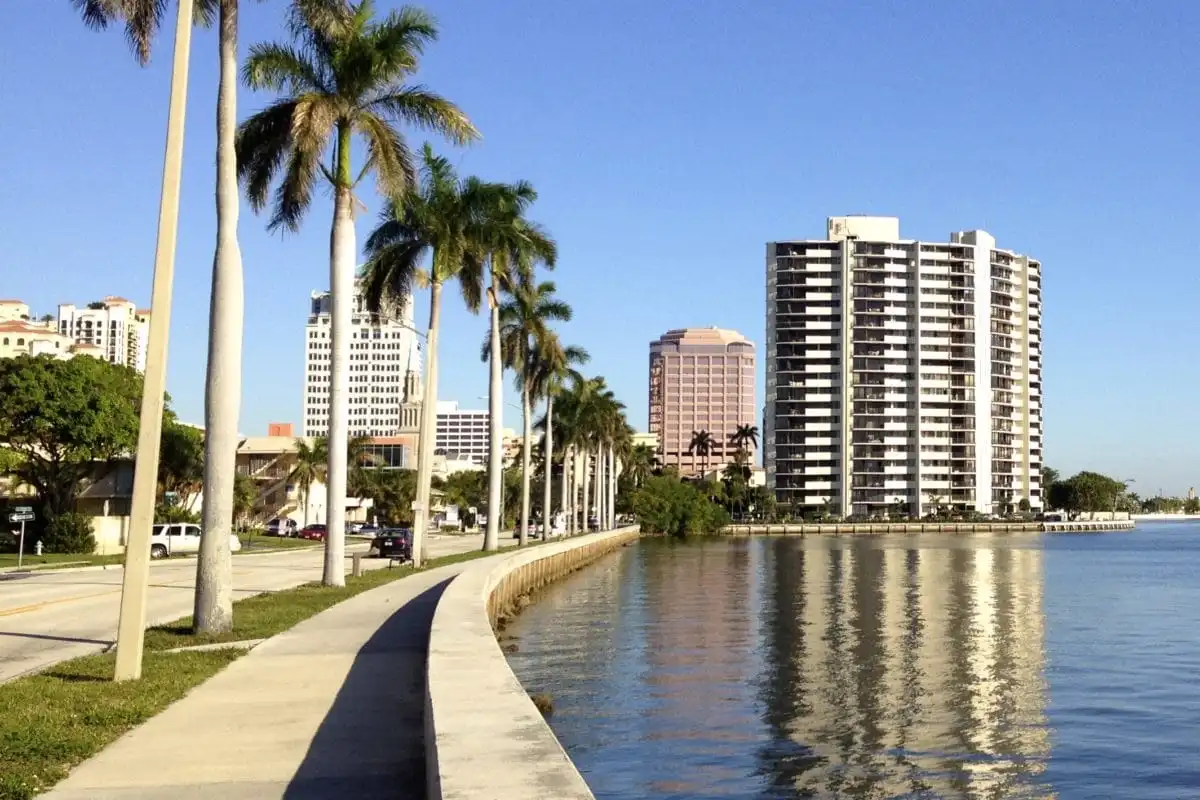Luxury Real Estate Market Navigates Economic Headwinds: A Deep Dive into 2025's Premium Property Landscape
The luxury real estate sector finds itself at a fascinating crossroads in 2025, where soaring property values clash with cautious buyer sentiment. As economic uncertainties ripple through financial markets, the high-end housing segment reveals a complex narrative of resilience and restraint that demands closer examination.
April 2025 data unveils a compelling paradox: while luxury home values reached near-record heights with a median selling price of $1,348,065—representing a robust 6.5% year-over-year increase—the market simultaneously experienced its most significant sales decline in nearly two years. This dichotomy reflects broader economic tensions that continue to shape America's most exclusive real estate markets.
Market Dynamics: When Price Growth Meets Sales Decline
The premium housing market's current trajectory defies conventional expectations. Despite achieving remarkable price appreciation, pending luxury home sales plummeted by 9.9% compared to the previous year, marking the steepest decline since August 2023 and the weakest April performance in over a decade.
This phenomenon isn't isolated to luxury properties alone. Non-luxury homes also experienced a downturn, with pending sales dropping 3.4% year-over-year, though the decline was less pronounced than their high-end counterparts. The contrast becomes even more striking when examining finalized transactions: luxury home sales decreased by 6.5%, while non-luxury sales fell by 4.3%.
The divergence between price growth and sales volume suggests that while demand remains sufficient to drive values upward, the pool of active buyers has contracted significantly. This market behavior indicates that affluent purchasers are adopting a more strategic, wait-and-see approach rather than rushing into transactions.
Geographic Variations: Regional Market Leaders and Laggards
The luxury real estate landscape across major metropolitan areas presents a tapestry of contrasting performances. Florida's West Palm Beach emerged as the undisputed price appreciation leader, with luxury home values surging an impressive 25.8% to reach a median of $4,132,048. Miami followed closely with a 22% increase, pushing median prices to $4,367,401, while California's San Jose rounded out the top three with a 20.8% gain, reaching $5,508,743.
Conversely, San Francisco—despite maintaining the highest median luxury price at $6,092,801—experienced a modest 2.2% decline, making it one of only two major markets to see value decreases. Sacramento also recorded a minor 1.1% drop, while Kansas City remained flat year-over-year.
The sales volume narrative tells a different story entirely. San Francisco, despite its price decline, led all markets with an 18.3% increase in luxury home transactions, tied with Los Angeles for the highest sales growth. This suggests that even in markets where prices have moderated, buyer activity can remain robust when value propositions align with market expectations.
On the opposite end, Florida markets dominated the sales decline rankings. Jacksonville experienced the most severe contraction at 27.6%, followed by Fort Lauderdale at 26.7%, and Detroit at 25.6%. These dramatic decreases highlight how regional economic conditions and local market dynamics can significantly impact luxury real estate performance.
Inventory and Market Velocity: Supply Meets Hesitant Demand
The luxury real estate inventory story reveals another layer of market complexity. Total luxury home listings increased by 7% in April, reaching the highest level for the month since 2021. This inventory expansion occurred alongside a 7.3% increase in new luxury listings, growing at more than triple the pace of non-luxury properties.
Despite increased inventory, luxury homes maintained relatively stable sales velocity. The typical high-end property sold in 52 days during April, virtually unchanged from the 51-day average recorded a year earlier. Remarkably, over 25% of luxury homes went under contract within their first week on the market, with more than 36% securing contracts within two weeks.
This sales pace stands in sharp contrast to non-luxury properties, which experienced slower transaction times. The median days on market for non-luxury homes increased from 39 to 45 days year-over-year, with fewer properties securing quick contracts. This divergence suggests that while luxury buyers may be more selective, they remain decisive when encountering properties that meet their criteria.
Economic Factors Driving Market Behavior
The luxury real estate market's current performance cannot be separated from broader economic conditions. Mortgage rates averaging 6.86% for 30-year loans as of April 2025 continue to influence buyer decisions, though their impact on cash-heavy luxury transactions may be less pronounced than in conventional markets.
Growing demand for sustainable housing and premium finishes represents a significant trend shaping luxury buyer preferences. Modern affluent purchasers increasingly prioritize environmental consciousness alongside traditional luxury amenities, driving demand for properties featuring sustainable technologies and eco-friendly design elements.
Stock market volatility has emerged as a particularly influential factor for luxury buyers. Many high-net-worth individuals rely on equity portfolios to fund substantial down payments, making them sensitive to market fluctuations. April's market turbulence coincided with the luxury sales decline, suggesting a direct correlation between financial market performance and premium real estate activity.
Regional Spotlight: Speed and Performance Variations
Market velocity varies dramatically across metropolitan areas, revealing distinct regional characteristics. Seattle claimed the title for fastest luxury sales with a median of just five days, followed by San Jose at 10 days, and Oakland and Detroit tied at 11 days. These rapid transaction times suggest strong local demand and limited inventory in premium segments.
Conversely, Miami luxury homes required a median of 125 days to sell, with Fort Lauderdale close behind at 112 days. Nashville rounded out the slowest markets at 97 days. These extended timelines may reflect oversupply conditions, pricing misalignment, or more cautious local buyer behavior.
The geographic distribution of inventory growth also reveals interesting patterns. Texas markets dominated inventory increases, with San Antonio leading at 21% growth, followed by Fort Worth at 20.7%. Las Vegas completed the top three with 20.6% inventory expansion. These increases suggest either growing supply or weakening demand in these markets.
Market Insights: Expert Analysis and Future Implications
How is the luxury market different from the broader housing market right now?
The luxury segment demonstrates greater price resilience but more volatile sales patterns. While non-luxury homes experienced a 4.1% price increase to $374,598, luxury properties achieved 6.5% growth. However, luxury sales declined more sharply, indicating that high-end buyers have greater flexibility to delay purchases during uncertain economic periods.
What's driving the disconnect between rising prices and falling sales?
This phenomenon reflects a supply-constrained market where available luxury inventory, despite recent increases, remains insufficient to satisfy underlying demand. Sellers maintain pricing power due to limited competition, while buyers exercise greater selectivity due to economic uncertainty and elevated transaction costs.
Which markets offer the best opportunities for luxury buyers?
San Francisco presents compelling value propositions with declining median prices yet strong sales activity. Detroit, despite sales declines, offers rapid transaction speeds and lower median prices relative to coastal markets. Conversely, Florida markets may require more patience due to extended selling times despite strong price appreciation.
How are mortgage rates specifically affecting luxury transactions?
While luxury buyers often utilize cash transactions or substantial down payments that reduce rate sensitivity, elevated borrowing costs still impact leveraged purchases. Projected rates stabilizing around 6.5% suggest continued pressure on financed luxury acquisitions, though the impact remains less severe than in conventional markets.
What should luxury sellers expect in the current market?
Sellers should anticipate longer marketing periods in most markets, with Miami and Fort Lauderdale requiring particularly extended timelines. However, well-positioned properties continue to achieve strong pricing, especially in markets like West Palm Beach and San Jose where demand remains robust despite overall market cooling.
Are there emerging trends affecting luxury buyer preferences?
Premium finishes including Italian marble and reclaimed hardwood are elevating compact luxury spaces, while sustainability features increasingly influence purchase decisions. Smart home technology integration and flexible living spaces designed for remote work continue gaining importance among affluent buyers.
The luxury real estate market's current state reflects broader economic uncertainties while maintaining its characteristic resilience. As financial markets stabilize and economic clarity emerges, the premium housing segment's fundamental strength—driven by limited supply and sustained high-net-worth demand—positions it for continued long-term appreciation despite short-term volatility.
